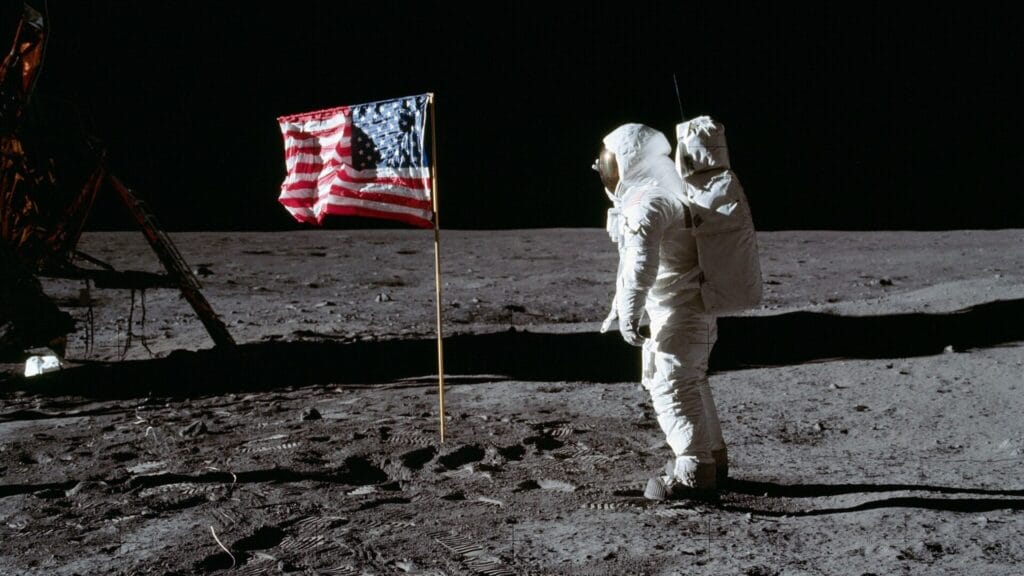
Hi, and welcome to the internal blog of the Global Futures Office of Research Development and Strategy (GFORDS)!
I’m Dave Guston, and as Associate Vice Provost for Discovery, Engagement and Outcomes, among my several duties is organizing and leading the research development and strategy activities of the Global Futures Laboratory (GFL). This blog will lay out a lot that faculty members associated with GFL should know about how we approach research, e.g., how is GFL organized for research and discovery, what research development is and how to access research development support, how to deal with cost share, how to think about impacts of your research, and other topics.
Before going into any of these topics, however, I’ll tell you a little bit about myself and my intellectual background.
I’m a political scientist by training, but I owe very little allegiance to that or any other discipline. I’ve always been interested in the politics of science and technology. When I write “always,” I pretty much mean it literally. My favorite book when I was a little kid was Mike Mulligan and His Steam Shovel, a Depression-era story about innovation and technological unemployment, and among my first memories of the world outside my family is watching the Moon landing. My formative years included headlines about the end of the Apollo program and beginning of the Shuttle program, the creation of the Environmental Protection Agency, the beginnings of recombinant DNA as a scientific tool and an economic phenomenon, and the energy crises of the 1970s – all major issues with a political side and a scientific/technological side. I decided early on that someone had to be at that interface, and I haven’t really budged since then.
My career in academic innovation started as an undergraduate at Yale, where I designed my own major in “Technology and Society,” before getting a PhD from “the other side” of MIT, in political science (although I mostly hung out with the Science, Technology & Society folks). In between undergrad and grad, I had a summer internship at the (late great) congressional Office of Technology Assessment, where I supported a study to design the Human Genome Initiative. Prior to finishing my dissertation, I worked for an additional two years in DC at the Committee on Science, Engineering and Public Policy of the National Academy of Sciences, helping staff a study chaired by (President Nixon’s science advisory) Ed David on scientific integrity and responsible conduct of research. I had a post-doc at the Kennedy School at Harvard, in the (now) Belfer Center for Science and International Affairs, working closely with Lew Branscomb (on S&T advice to state legislatures, among other things) and Bill Clark (on this Global Environmental Assessments project and contributing to the Knowledge Systems for Sustainable Development paper).
I spent 10.5 years in my first academic post at Rutgers, The State University of New Jersey, on the New Brunswick campus in the Bloustein School of Planning and Public Policy. While there, I started traveling to the Upper West Side of Manhattan (by commuter rail, subway, and foot) to a science policy seminar that Michael Crow was hosting there (I had met Crow when he was on one of our OTA committees). Within a few years, Crow hired a mutual friend and colleague, Dan Sarewitz to found the Center [now Consortium] for Science, Policy and Outcomes (CSPO) – charged with “rethinking the role of science and society.” I spent a sabbatical year in Washington, DC helping Dan get CSPO off the ground (along with other folks who ended up ASU like Barry Bozeman). A few years after Crow came to ASU, Dan and CSPO followed, and I joined the party in January 2005 (so I’m about to celebrate my 20th anniversary here).
Shortly after I arrived, a team I led won the NSF-funded Center for Nanotechnology in Society (CNS-ASU), which I directed from 2005 to 2016. CNS developed new models and visions of Real-time Technology Assessment (RTTA) and anticipatory governance for managing emerging technologies, and for creating collaborations across the university. As CNS wound down, Crow invited Dan and me to turn its agenda into a school, and so we launched the School for the Future of Innovation in Society (SFIS). I became the founding director of SFIS in 2015, developing new academic programs and hiring lots of tremendous faculty, all while keeping the research and culture of CSPO and CNS intact as best we could.
When ASU created the College of Global Futures (CGF) in 2020, I gained my current title of Associate Vice Provost for Discovery, Engagement and Outcomes (and yielded my school director title shortly thereafter). My portfolio is a broad one – encompassing the university-wide mission of GFL in discovery and engagement – and as well as focusing on the research mission of CGF (I hold the portfolio of the associate dean for research in CGF).
I will try to add new content roughly weekly, and you’ll learn about that content through the regular newsletter that Michelle Schwartz sends out to the Global Futures Scientists and Scholars Network, as well as through the school directors within CGF and other CGF and GFL leadership.
So please stay tuned for brief pieces about the vision for the GFL discovery and engagement spaces, and operational information about research development and other helpful stuff.